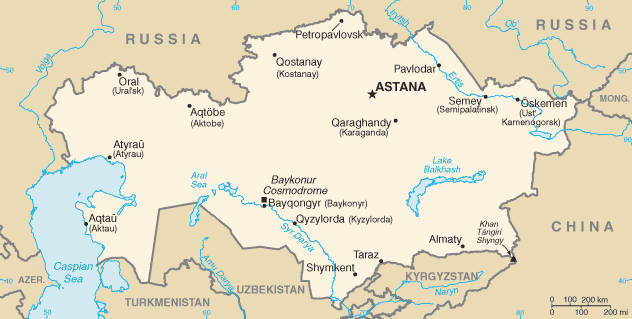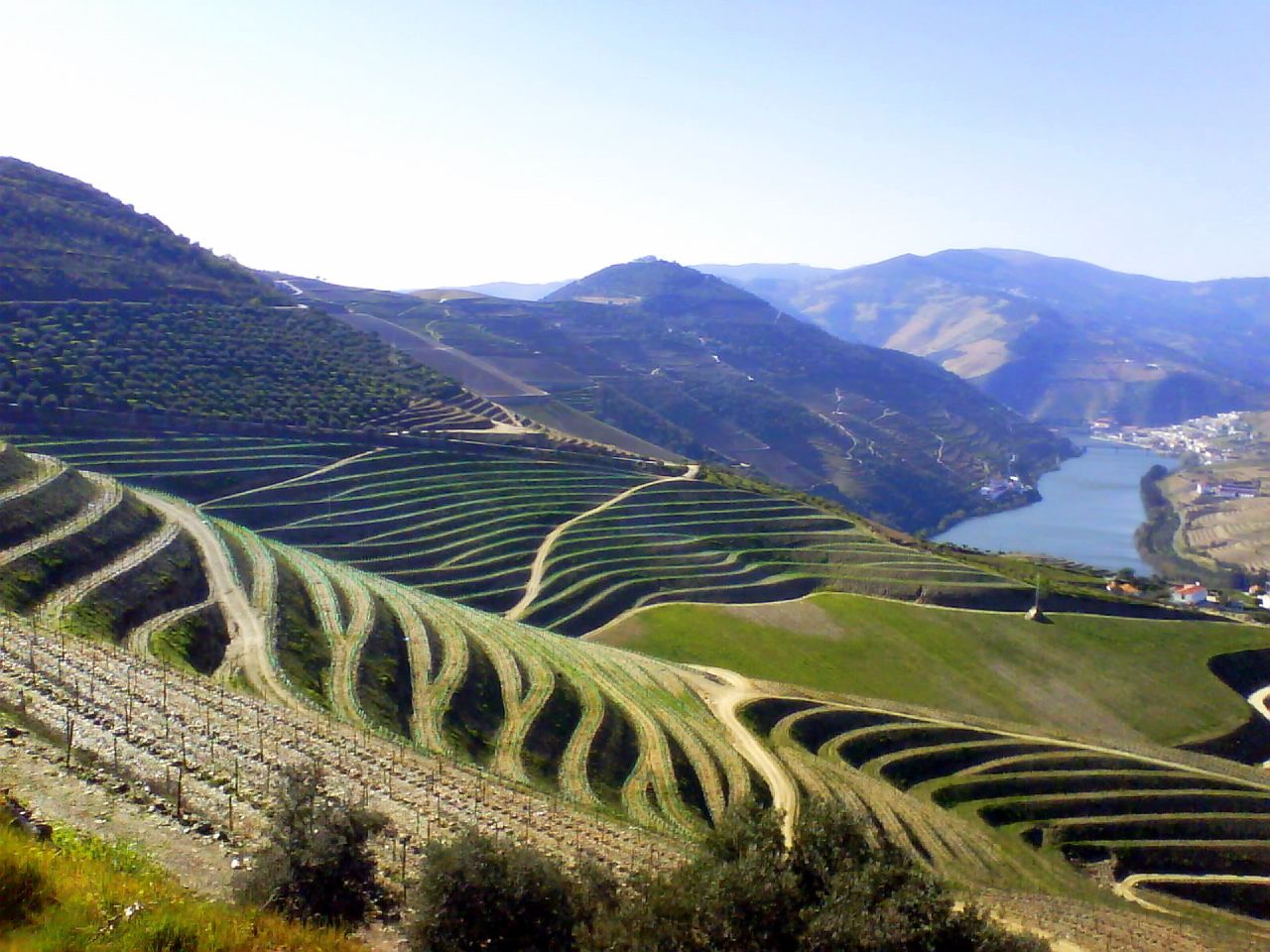|
Kazakh Wine
Kazakh wine is wine made in Kazakhstan. The roots of the Kazakh wine industry can be traced to the 7th century AD when grapevines ''Vitis'' (grapevine) is a genus of 79 accepted species of vining plants in the flowering plant family Vitaceae. The genus is made up of species predominantly from the Northern Hemisphere. It is economically important as the source of grapes, ... were brought to the region from neighboring Uzbekistan and China. While only around 4% of the land in Kazakhstan is ideally situated for viticulture, the country does manage to produce over 6.2 million gallons (236,000 hectolitres, hl) of wine annually from .J. Robinson (ed) ''"The Oxford Companion to Wine"'' Third Edition pg 380-381 Oxford University Press 2006 Buoyed by its mineral wealth, the country is an enthusiastic consumer of wine but must import 80% of the 30 m bottles it drinks. History The earliest evidence of viticulture in Kazakhstan appear during the 7th century AD around Shymkent and in ... [...More Info...] [...Related Items...] OR: [Wikipedia] [Google] [Baidu] |
Winemaking
Winemaking or vinification is the production of wine, starting with the selection of the fruit, its fermentation into alcohol, and the bottling of the finished liquid. The history of wine-making stretches over millennia. The science of wine and winemaking is known as oenology. A winemaker may also be called a vintner. The growing of grapes is viticulture and there are many varieties of grapes. Winemaking can be divided into two general categories: still wine production (without carbonation) and sparkling wine production (with carbonation – natural or injected). Red wine, white wine, and rosé are the other main categories. Although most wine is made from grapes, it may also be made from other plants. (See fruit wine.) Other similar light alcoholic drinks (as opposed to beer or Liquor, spirits) include mead, made by fermenting Honey#Fermentation, honey and water, cider ("apple cider"), made by fermenting the Apple juice, juice of apples, and perry ("pear cider"), made ... [...More Info...] [...Related Items...] OR: [Wikipedia] [Google] [Baidu] |
Dessert Wine
Dessert wines, sometimes called pudding wines in the United Kingdom, are sweet wines typically served with dessert. There is no simple definition of a dessert wine. In the UK, a dessert wine is considered to be any sweet wine drunk with a meal, as opposed to the white fortified wines (fino and amontillado sherry) drunk before the meal and the red fortified wines (port and madeira) drunk after it. Thus, most fortified wines are regarded as distinct from dessert wines, but some of the less-strong fortified white wines, such as Pedro Ximénez sherry and Muscat de Beaumes-de-Venise, are regarded as honorary dessert wines. In the United States, by contrast, a dessert wine is legally defined as any wine over 14% alcohol by volume, which includes all fortified wines—and is taxed more highly as a result. This dates back to when the US wine industry only made dessert wines by fortification, but such a classification is outdated now that modern yeast and viticulture can produce dry wi ... [...More Info...] [...Related Items...] OR: [Wikipedia] [Google] [Baidu] |
Talas River
The Talas (Kyrgyz, kk, Талас) is a river that rises in the Talas Region of Kyrgyzstan and flows west into Kazakhstan. The river is long and has a basin area of . Course It is formed from the confluence of the Karakol and Uch-Koshoy and flows roughly westwards and northwestwards. It runs through the city of Taraz in Zhambyl Province of Kazakhstan and vanishes in the Muyunkum Desert before reaching Lake Aydyn. The Ili, Chu and Talas are three steppe rivers that flow west and then north-west. The Ili rises in Xinjiang, flows west to a point north of Lake Issyk Kul and then turns north-west to reach Lake Balkash. The Chu rises west of Lake Issyk Kul, flows out into the steppe and dries up before reaching the Syr Darya. The Talas starts west and south of the Chu, flows west and north-west, but dries up before reaching the Chu. History During the Battle of Talas (named after the river) in 751, the Abbasid force defeated the Tang Chinese forces led by the General Gao Xi ... [...More Info...] [...Related Items...] OR: [Wikipedia] [Google] [Baidu] |
Aktobe
Aktobe ( kz, Ақтөбе, Aqtöbe; russian: Актобе, Aktobe) is a city on the Ilek River in Kazakhstan. It is the administrative center of Aktobe Region. In 2020, it had a population of 500,757 people. Aktobe is located in the west of Kazakhstan. The area of the city is about 428,469 km2. There are two water reservoirs: Aktobe and Sazdy. Aktobe ranks fourth among the cities of Kazakhstan in terms of population and is the largest city in western Kazakhstan. The city's populace is ethnically diverse, with 79% being Kazakhs and 14.8% being Russians. The predominant religions are Islam and Christianity. The agglomeration of Aktobe is expected to grow up to 1.3 million people, including nearby settlements. Etymology The name "Aktobe" comes from Kazakh "ақ" (white) and "төбе" (hill); the name is a reference to the heights on which the original 19th century settlement was located. Until 1999 it was officially known as Aktyubinsk (russian: Актюбинск). The form ... [...More Info...] [...Related Items...] OR: [Wikipedia] [Google] [Baidu] |
Atyrau
Atyrau ( kk, Атырау, ', ; russian: Атырау, ), known until 1991 as Guryev (russian: Гурьев, ), is a city in Kazakhstan and the capital of Atyrau Region. Atyrau is a transcontinental city, at the mouth of the Ural River on the Caspian Sea, between Europe and Asia, west of Almaty and east of the Russian city of Astrakhan. Atyrau is famous for its oil and gas industries. It has a population of 355,117 as of 2020. It is predominantly made up of Kazakhs, the minorities being Russians, Koreans, Tatars and Uzbeks. History The wooden fort at the mouth of the Yaik River was founded in 1645 as ''Nizhny Yaitzky gorodok'' (literally, ''Lower Yaik Fort'') by the Russian trader Gury Nazarov, a native of Yaroslavl, who specialized in trade with Khiva and Bukhara. The fort was plundered by the Yaik Cossacks, leading the Guriev family to rebuild it in stone (1647–62). Tsar Alexis sent a garrison of Streltsy to protect the fort from Cossack incursions. Despite these ... [...More Info...] [...Related Items...] OR: [Wikipedia] [Google] [Baidu] |
Caspian Sea
The Caspian Sea is the world's largest inland body of water, often described as the world's largest lake or a full-fledged sea. An endorheic basin, it lies between Europe and Asia; east of the Caucasus, west of the broad steppe of Central Asia, south of the fertile plains of Southern Russia in Eastern Europe, and north of the mountainous Iranian Plateau of Western Asia. It covers a surface area of (excluding the highly saline lagoon of Garabogazköl to its east) and a volume of . It has a salinity of approximately 1.2% (12 g/L), about a third of the salinity of average seawater. It is bounded by Kazakhstan to the northeast, Russia to the northwest, Azerbaijan to the southwest, Iran to the south, and Turkmenistan to the southeast. The sea stretches nearly from north to south, with an average width of . Its gross coverage is and the surface is about below sea level. Its main freshwater inflow, Europe's longest river, the Volga, enters at the shallow north end. Two deep ... [...More Info...] [...Related Items...] OR: [Wikipedia] [Google] [Baidu] |
Continental Climate
Continental climates often have a significant annual variation in temperature (warm summers and cold winters). They tend to occur in the middle latitudes (40 to 55 north), within large landmasses where prevailing winds blow overland bringing some precipitation, and temperatures are not moderated by oceans. Continental climates occur mostly in the Northern Hemisphere due to the large landmasses found there. Most of northern and northeastern China, eastern and southeastern Europe, Western and north western Iran, central and southeastern Canada, and the central and northeastern United States have this type of climate. Continentality is a measure of the degree to which a region experiences this type of climate. In continental climates, precipitation tends to be moderate in amount, concentrated mostly in the warmer months. Only a few areas—in the mountains of the Pacific Northwest of North America and in Iran, northern Iraq, adjacent Turkey, Afghanistan, Pakistan, and Central Asia� ... [...More Info...] [...Related Items...] OR: [Wikipedia] [Google] [Baidu] |
Ice Wine
Ice wine (or icewine; german: Eiswein) is a type of dessert wine produced from grapes that have been frozen while still on the vine. The sugars and other dissolved solids do not freeze, but the water does, allowing for a more concentrated grape juice to develop. The grapes' must is then pressed from the frozen grapes, resulting in a smaller amount of more concentrated, very sweet juice. With ice wines, the freezing happens before the fermentation, not afterwards. Unlike the grapes from which other dessert wines are made, such as Sauternes, Tokaji, or Trockenbeerenauslese, ice wine grapes should not be affected by ''Botrytis cinerea'' or noble rot, at least not to any great degree. Only healthy grapes keep in good shape until the opportunity arises for an ice wine harvest, which in extreme cases can occur after the New Year, on a northern hemisphere calendar. This gives ice wine its characteristic refreshing sweetness balanced by high acidity. When the grapes are free of ''Botry ... [...More Info...] [...Related Items...] OR: [Wikipedia] [Google] [Baidu] |
Continental Climate (wine)
In viticulture, the climates of wine regions are categorised based on the overall characteristics of the area's climate during the growing season. While variations in macroclimate are acknowledged, the climates of most wine regions are categorised (somewhat loosely based on the Köppen climate classification) as being part of a Mediterranean (for example Tuscany), maritime (ex: Bordeaux) or continental climate (ex: Columbia ValleyA. Mumma 'The Washington wine difference: it's in the vineyard'' Wines & Vines, November 2005). The majority of the world's premium wine production takes place in one of these three climate categories in locations between the 30th parallel and 50th parallel in both the northern and southern hemisphere.T. Stevenson ''"The Sotheby's Wine Encyclopedia"'' pg 14-15 Dorling Kindersley 2005 While viticulture does exist in some tropical climates, most notably Brazil, the amount of quality wine production in those areas is so small that the climate effect has ... [...More Info...] [...Related Items...] OR: [Wikipedia] [Google] [Baidu] |
Russia
Russia (, , ), or the Russian Federation, is a transcontinental country spanning Eastern Europe and Northern Asia. It is the largest country in the world, with its internationally recognised territory covering , and encompassing one-eighth of Earth's inhabitable landmass. Russia extends across eleven time zones and shares land boundaries with fourteen countries, more than any other country but China. It is the world's ninth-most populous country and Europe's most populous country, with a population of 146 million people. The country's capital and largest city is Moscow, the largest city entirely within Europe. Saint Petersburg is Russia's cultural centre and second-largest city. Other major urban areas include Novosibirsk, Yekaterinburg, Nizhny Novgorod, and Kazan. The East Slavs emerged as a recognisable group in Europe between the 3rd and 8th centuries CE. Kievan Rus' arose as a state in the 9th century, and in 988, it adopted Orthodox Christianity from t ... [...More Info...] [...Related Items...] OR: [Wikipedia] [Google] [Baidu] |
History Of The Soviet Union (1985–1991)
The history of Soviet Russia and the Soviet Union (USSR) reflects a period of change for both Russia and the world. Though the terms "Soviet Russia" and "Soviet Union" often are synonymous in everyday speech (either acknowledging the dominance of Russia over the Soviet Union or referring to Russia during the era of the Soviet Union), when referring to the foundations of the Soviet Union, "Soviet Russia" often specifically refers to brief period between the October Revolution of 1917 and the creation of the Soviet Union in 1922. Before 1922, there were four independent Soviet Republics: the Russian Soviet Federative Socialist Republic, Ukrainian Soviet Socialist Republic, Byelorussian SSR, and Transcaucasian SFSR. These four became the first Union Republics of the Soviet Union, and was later joined by the Bukharan People's Soviet Republic and Khorezm People's Soviet Republic in 1924. During and immediately after World War II, various Soviet Republics annexed portions of coun ... [...More Info...] [...Related Items...] OR: [Wikipedia] [Google] [Baidu] |


.jpg)





